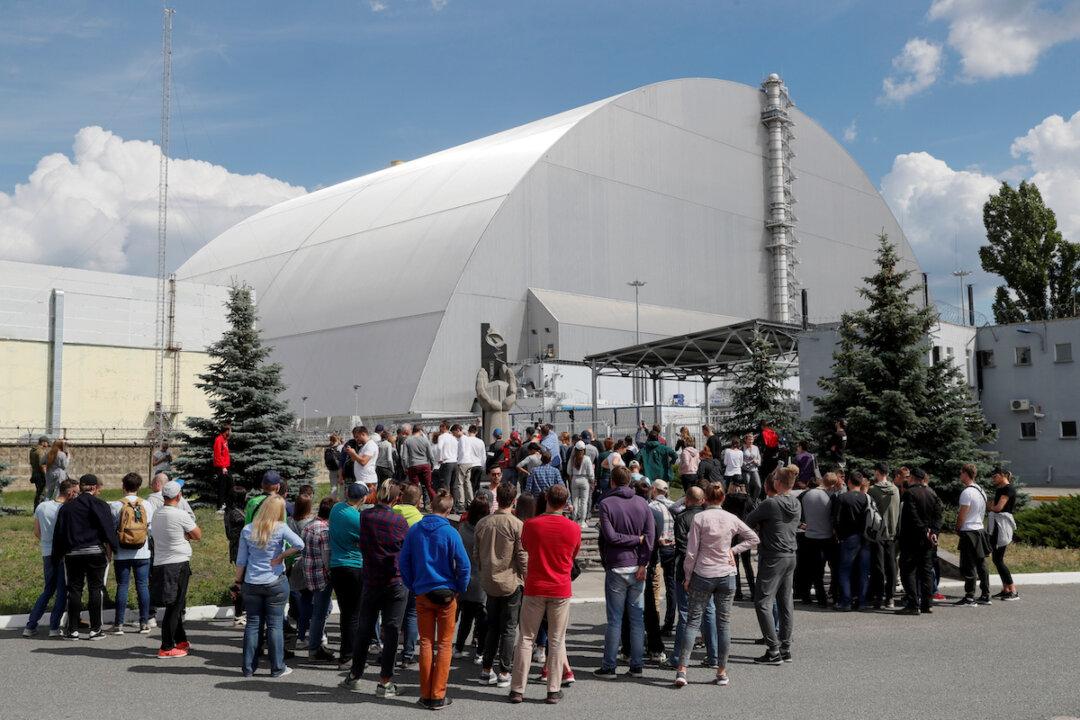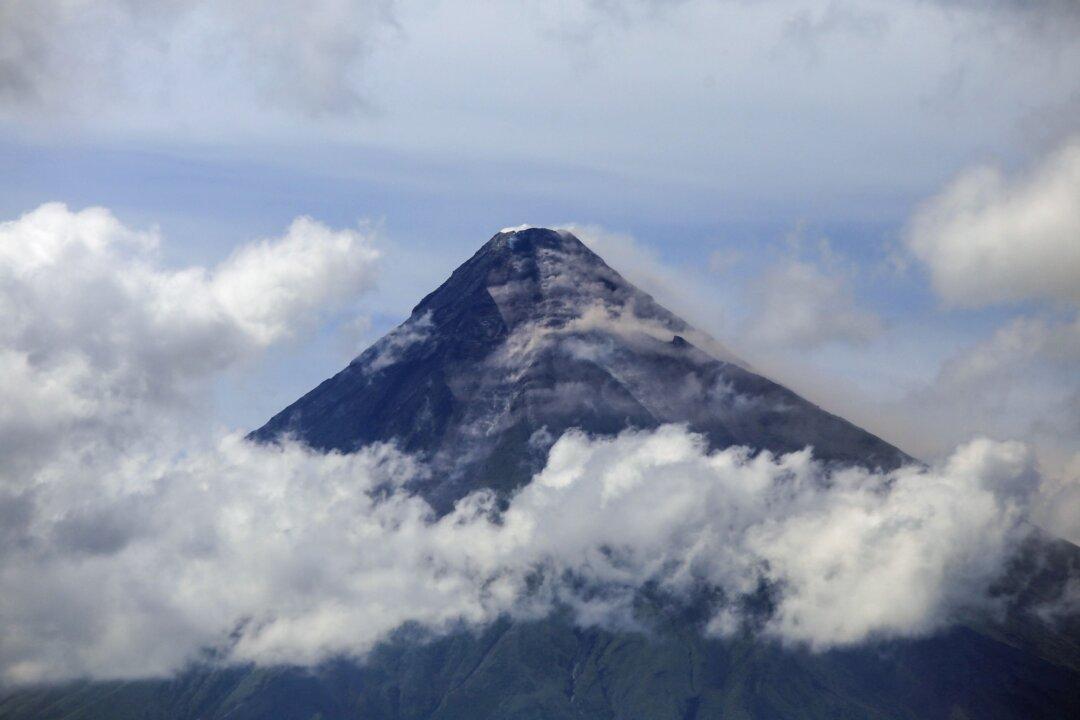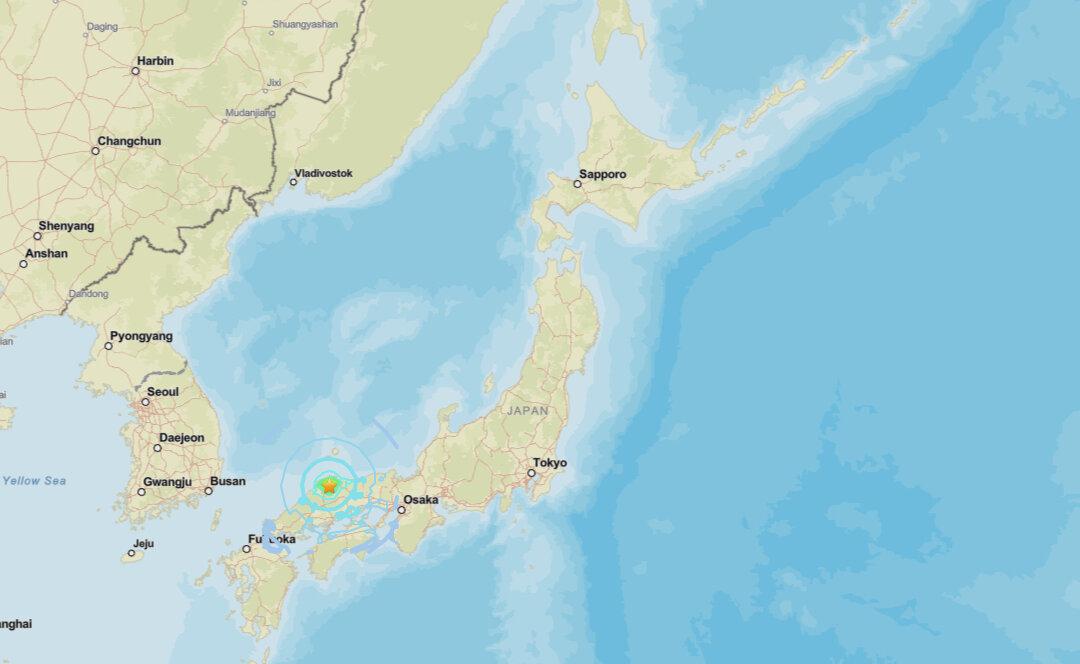CHERNOBYL, Ukraine—The success of a U.S. television miniseries examining the world’s worst nuclear accident at Chernobyl has driven up the number of tourists wanting to see the plant and the ghostly abandoned town that neighbors it for themselves.
One Chernobyl tour agency reported a 40 percent rise in trip bookings since the series, made by HBO, began in May and which has attracted outstanding reviews.






